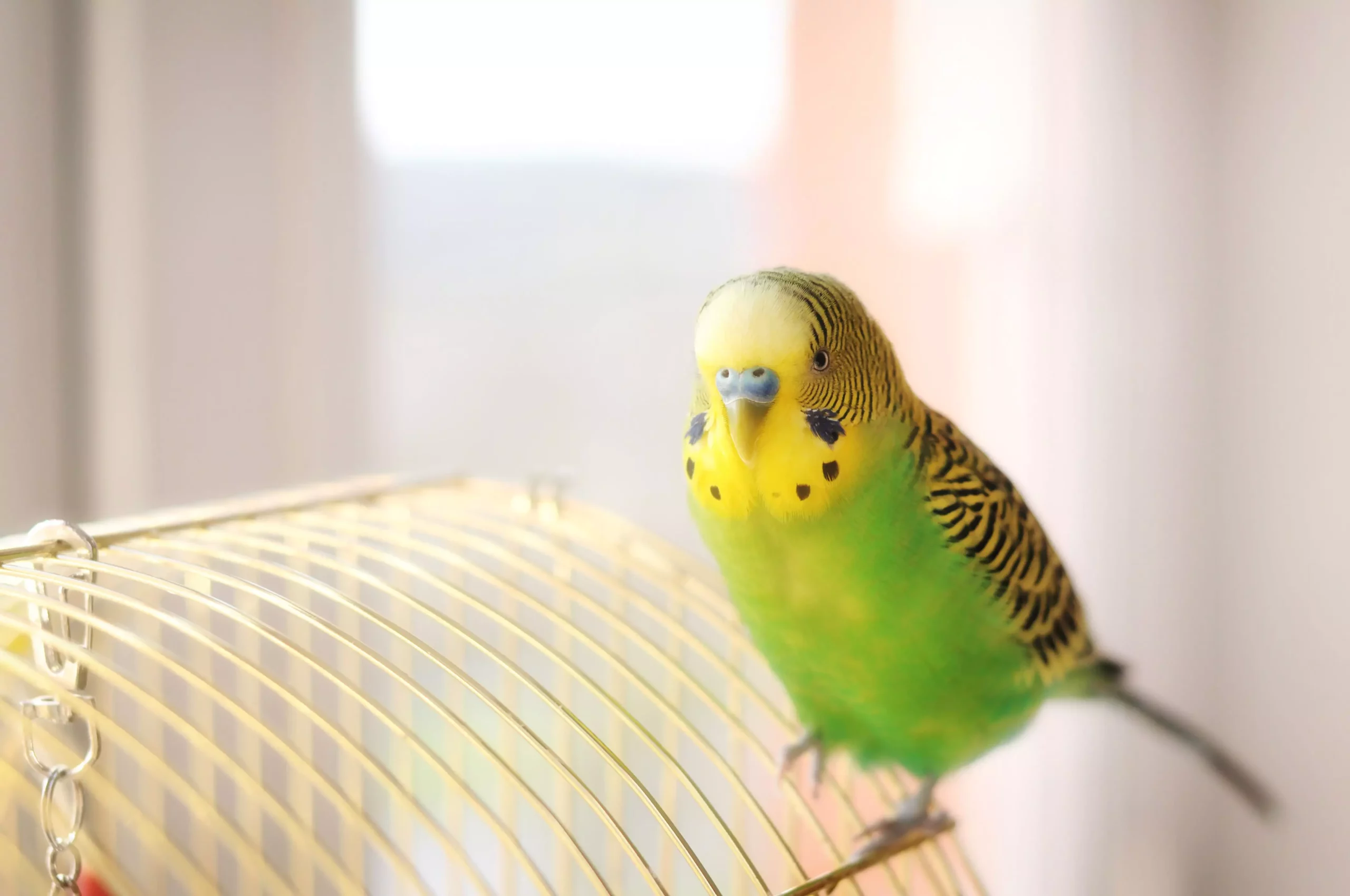Birds, those enchanting creatures that grace our skies, exhibit a fascinating diversity in lifespan that varies significantly by species. Understanding the life expectancy and aging process of birds is crucial for pet owners and bird enthusiasts alike. This article delves into the lifespan of birds, the factors influencing their longevity, and the best practices for care that can enhance their quality of life as they age.
Bird lifespans are a reflection of their species, size, and environmental adaptations. Larger avian species, such as parrots, tend to live much longer than their smaller counterparts. For instance, many large parrot species can live into their 60s or even longer, which can be quite comparable to human lifespans. These birds develop through life stages—young adulthood, middle age, and old age—in a manner similar to humans.
However, the same cannot be said for smaller birds. Cockatiels, lovebirds, and quaker parrots, popular pets known for their sociable nature, generally have an average life expectancy of around 20 years. Unlike humans, who may reach adulthood in their late teens, birds tend to mature rapidly; cockatiels reach maturity by the age of one. This rapid growth trajectory allows them to survive and reproduce effectively in the wild, but it complicates the comparisons of age between birds and humans. Consequently, when considering the “human years” equivalent for birds, one must tread carefully.
While larger birds experience a life cycle akin to that of humans, it is more challenging to pinpoint the specific life stages of smaller species. Generally, the life cycles of birds can be divided into three phases: growth to adulthood, full adulthood (often with emerging age-related health concerns), and a senior phase characterized by a decline in health and vitality.
As it stands, determining the exact age-related milestones for various species necessitates continuous research. Nevertheless, a common structure can be drawn: analogous to humans, we can expect roughly a third of a bird’s life to consist of growth to peak adulthood, followed by maintenance of health during adulthood, and finally a decline as the bird reaches its senior years.
A crucial aspect of avian care that significantly influences a bird’s lifespan is nutrition. A well-balanced diet that includes leafy greens, vegetables, fruits, grains, nuts, seeds, and specially formulated pellets is essential for maintaining good health. “Chop,” a wholesome mix of fresh food processed in large batches and stored in meal-sized portions, can provide essential variety to a bird’s diet.
Caution should be taken with the common all-seed diets. These are often high in fat and devoid of the vitamins and minerals that are essential for overall health. Owning a bird that subsists solely on seeds can lead to severe health issues, including dull and brittle feathers and potentially life-threatening conditions like fatty liver disease. Integrating a diverse diet and limiting seed intake is critical for maximizing the potential lifespan and vitality of pet birds.
In addition to diet, structured routines involving exercise and rest play pivotal roles in a bird’s health. Birds should receive ample opportunity to fly and explore their environment and, just like humans, need adequate sleep—typically around 12 hours uninterrupted each night. Birds that lack physical activity can face a range of health issues, underscoring the similarities between avian and human needs for exercise and rest.
Furthermore, regular playtime with toys and interaction with their owners can stimulate their minds and prevent boredom, which can lead to destructive behaviors. A well-rounded daily routine fosters both physical and mental well-being.
Lastly, regular wellness check-ups with an avian veterinarian are imperative for maintaining your bird’s health as it ages. Early detection of health issues is key; it can be the difference between successful treatment and serious complications. An experienced vet can also provide guidance on managing age-related conditions, ensuring your feathered companion remains comfortable and vibrant.
Navigating the complexities of avian lifespans is a multifaceted journey that encompasses an understanding of species differences, nutritional needs, exercise, and routine healthcare. By providing a nurturing environment, an appropriate diet, and regular veterinary care, bird owners can significantly enhance both the longevity and quality of life of their beloved birds.

